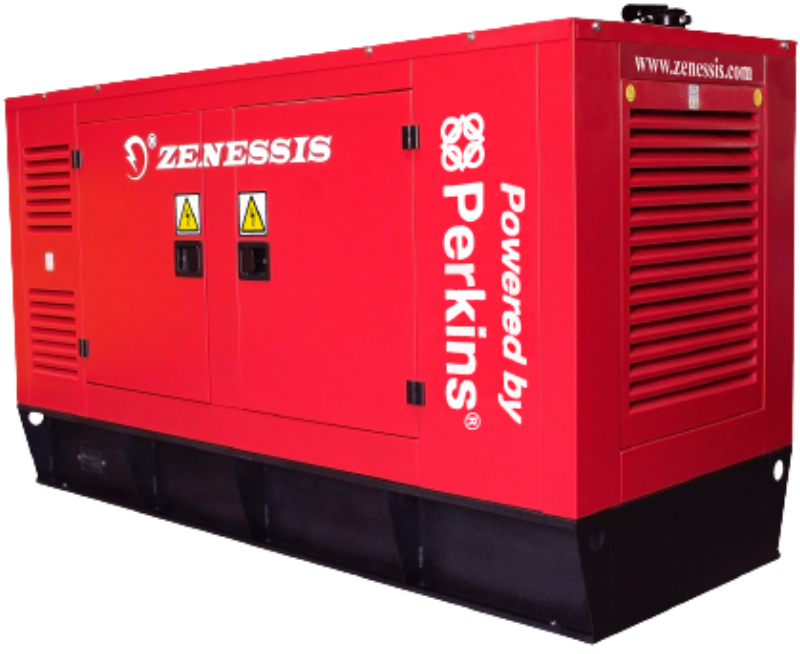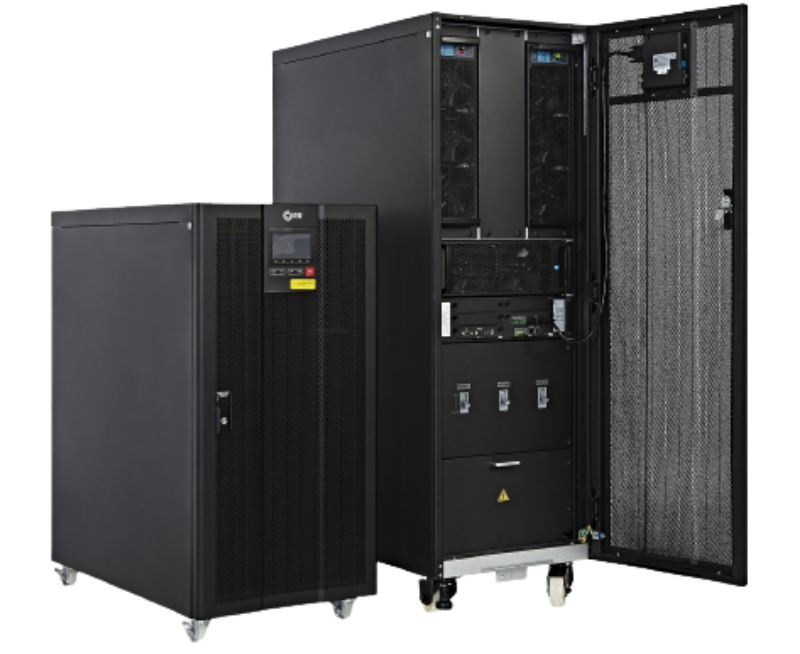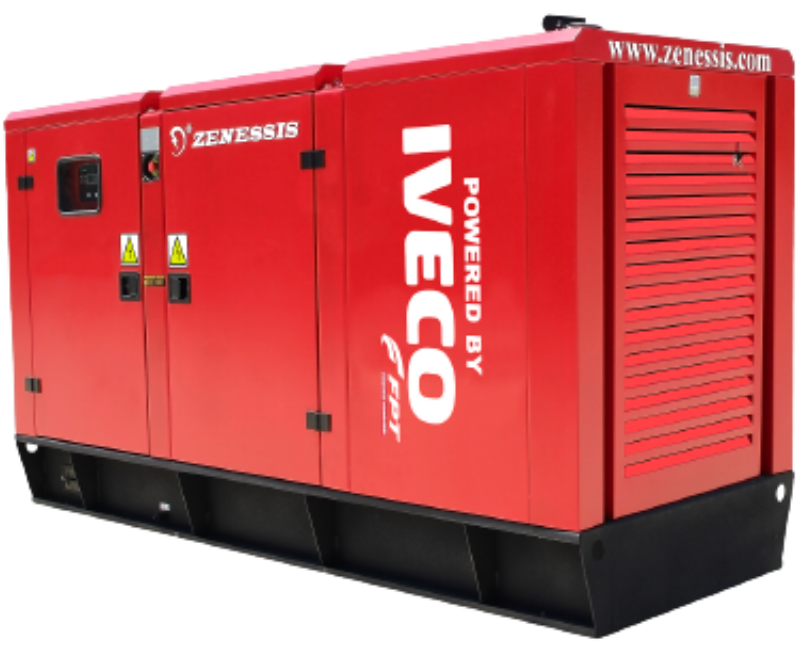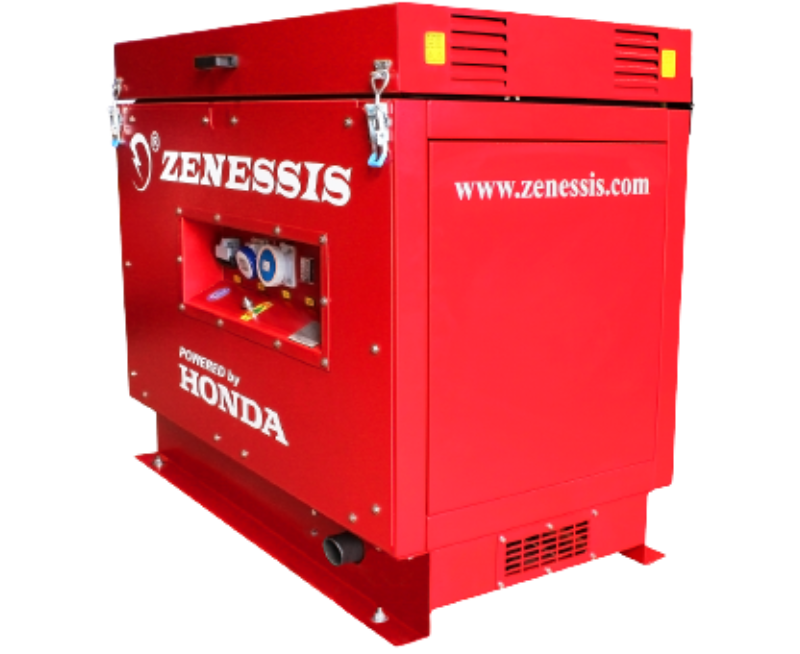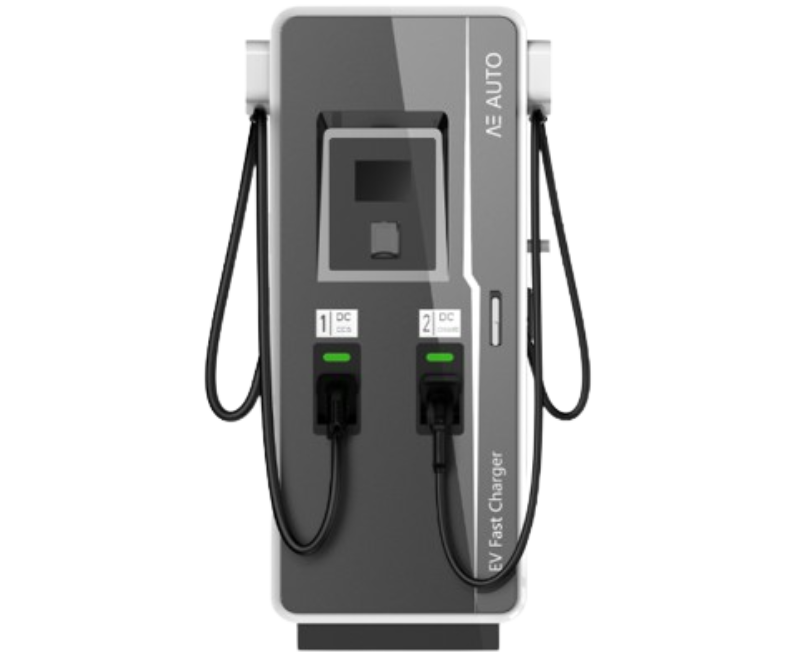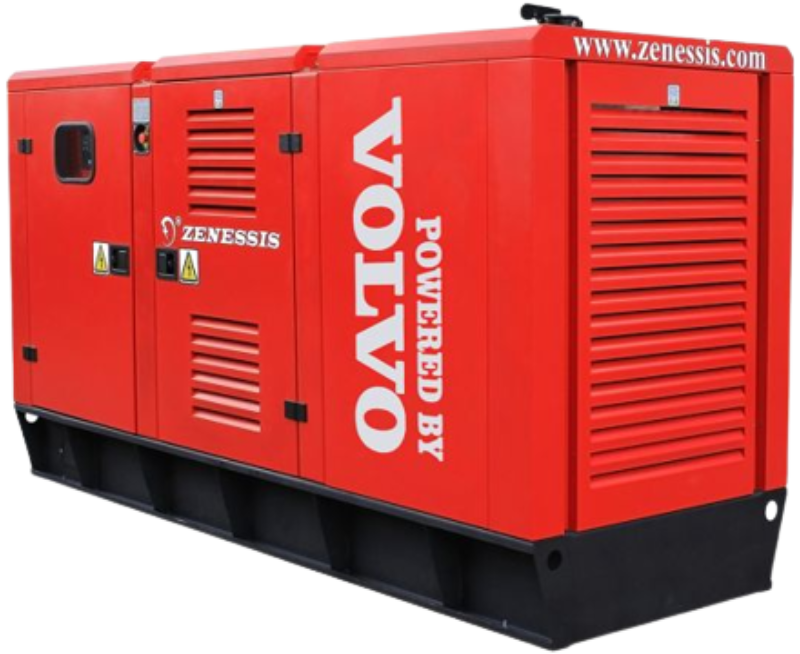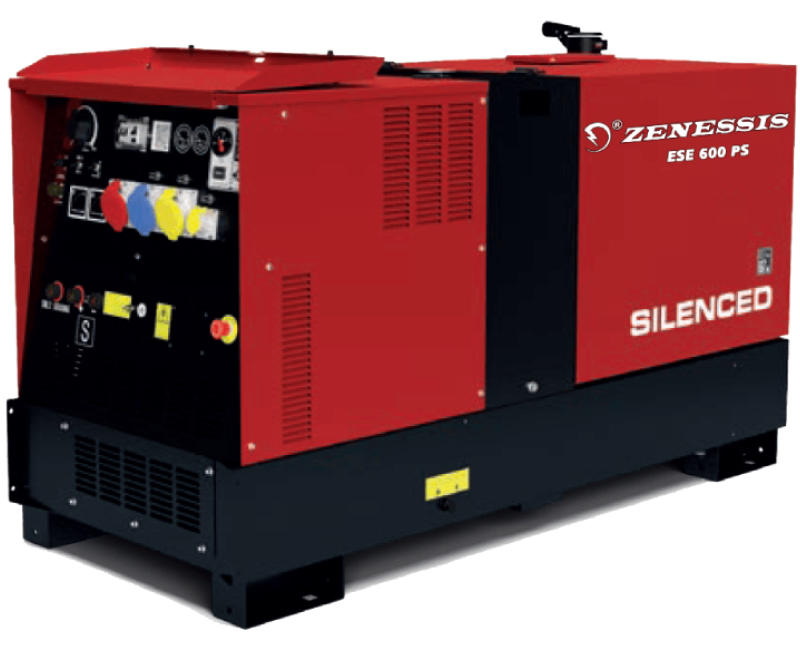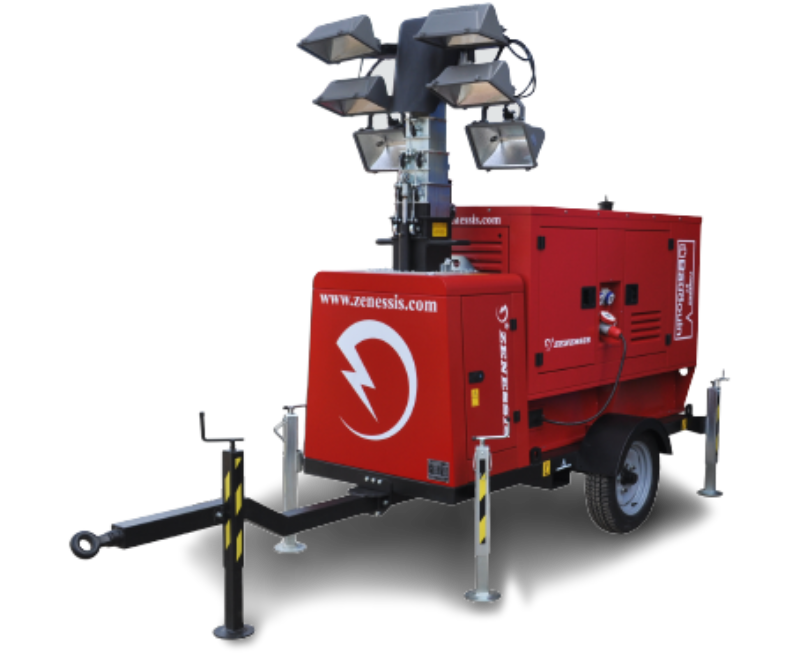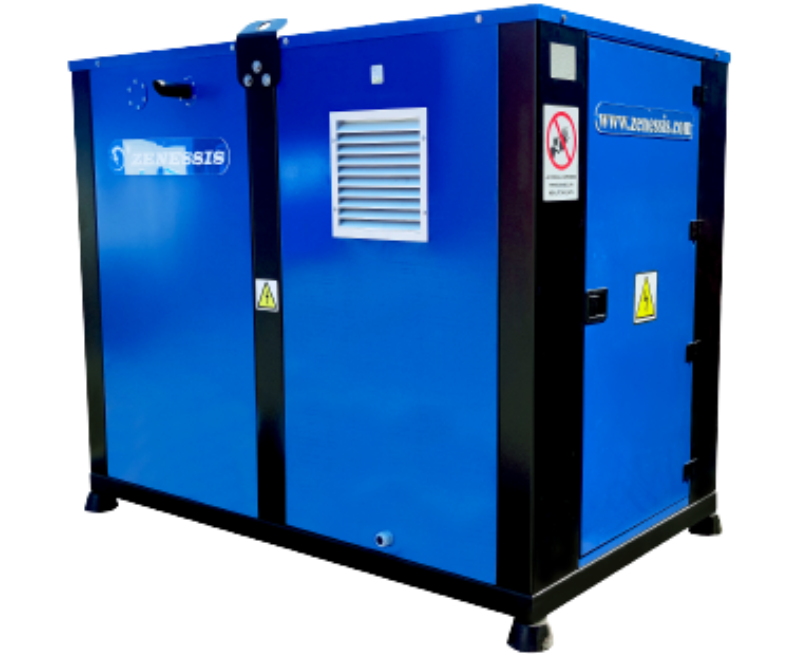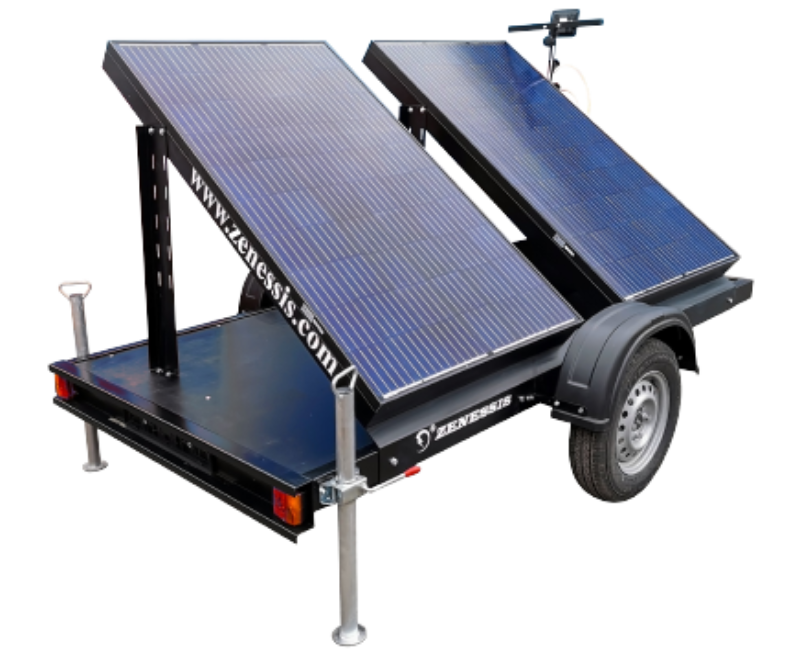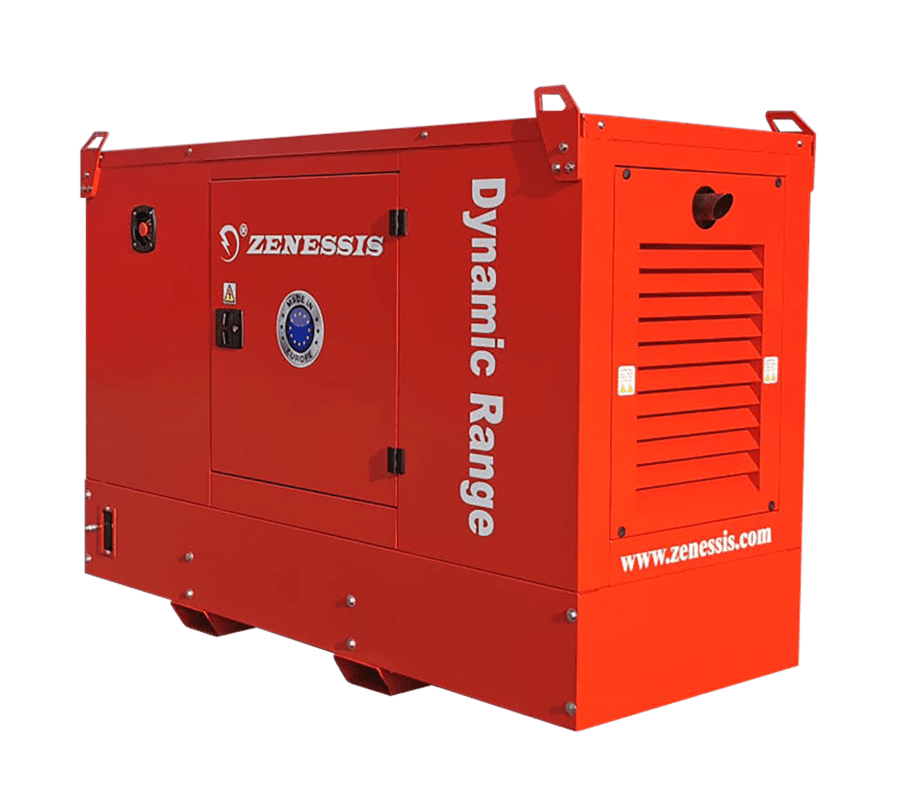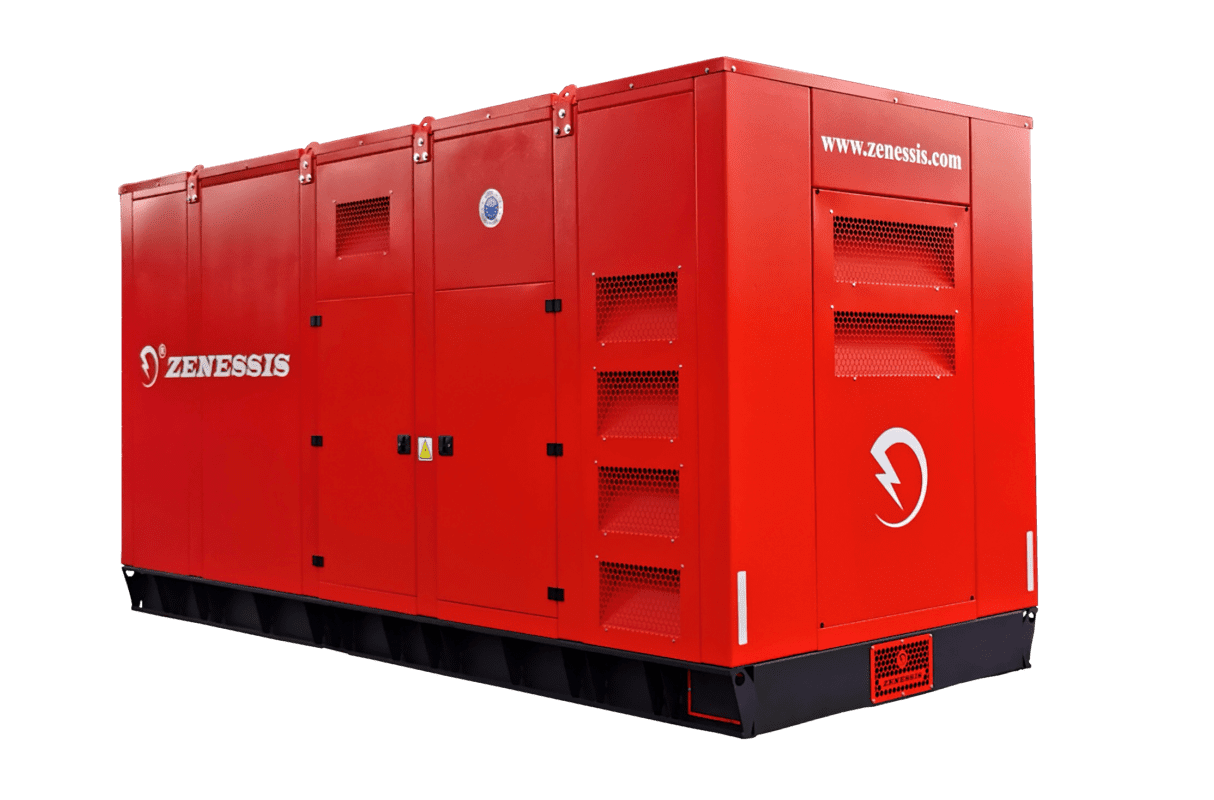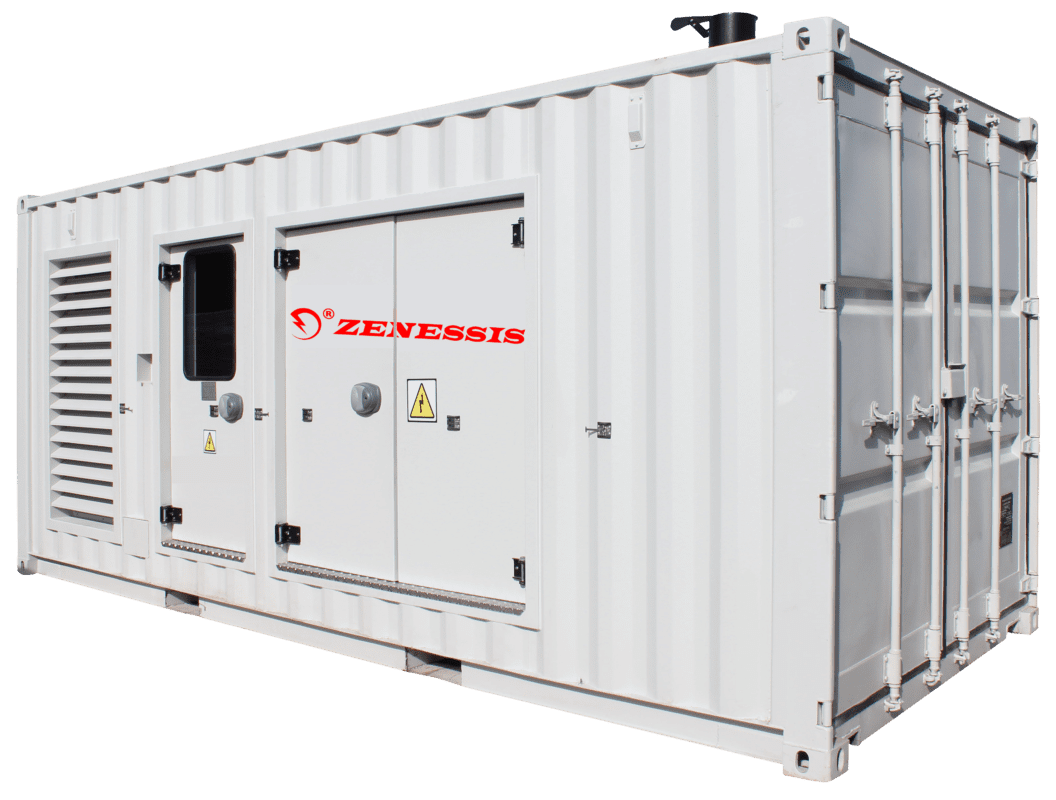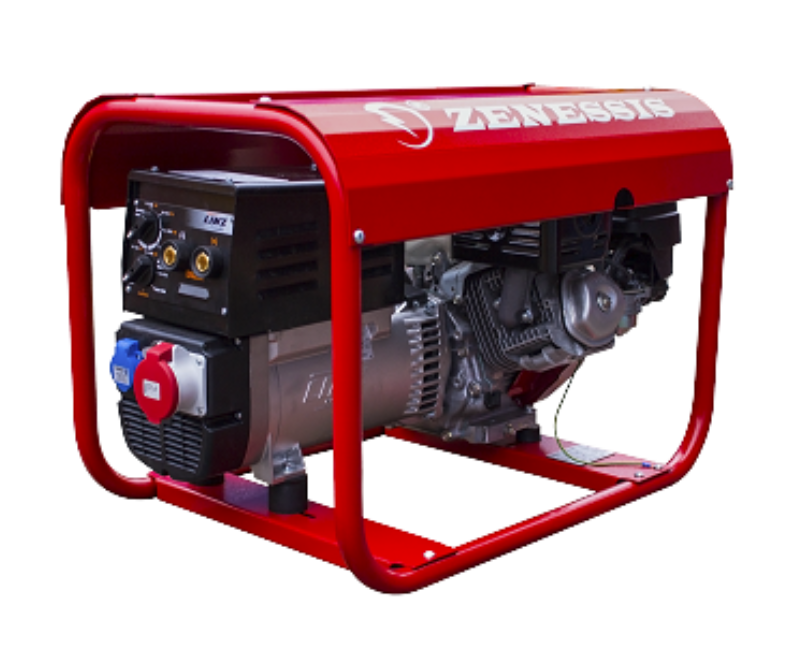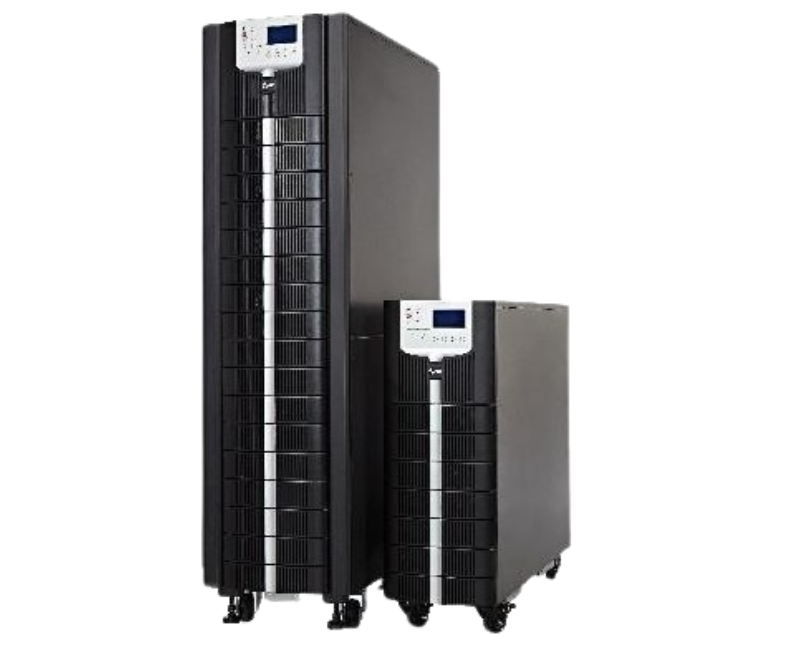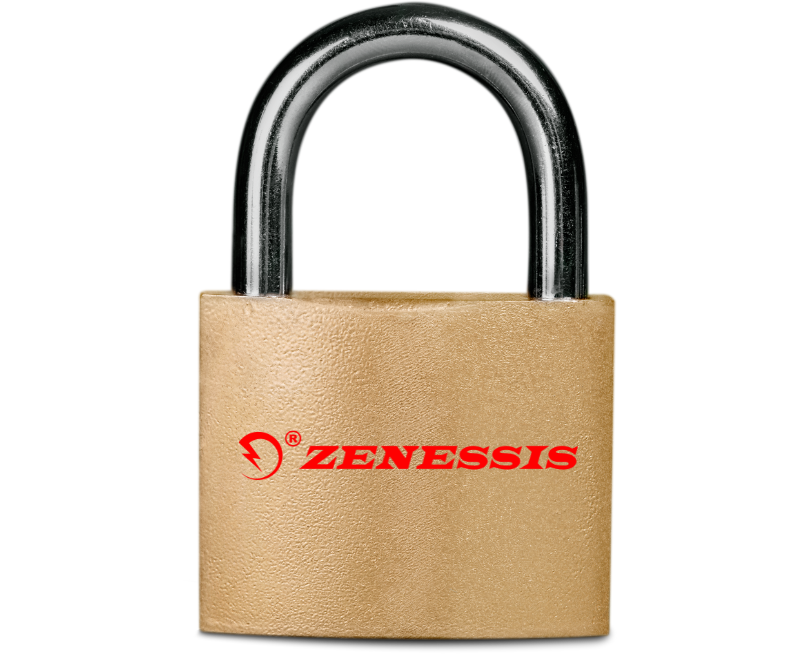How to Correctly Size a Generator
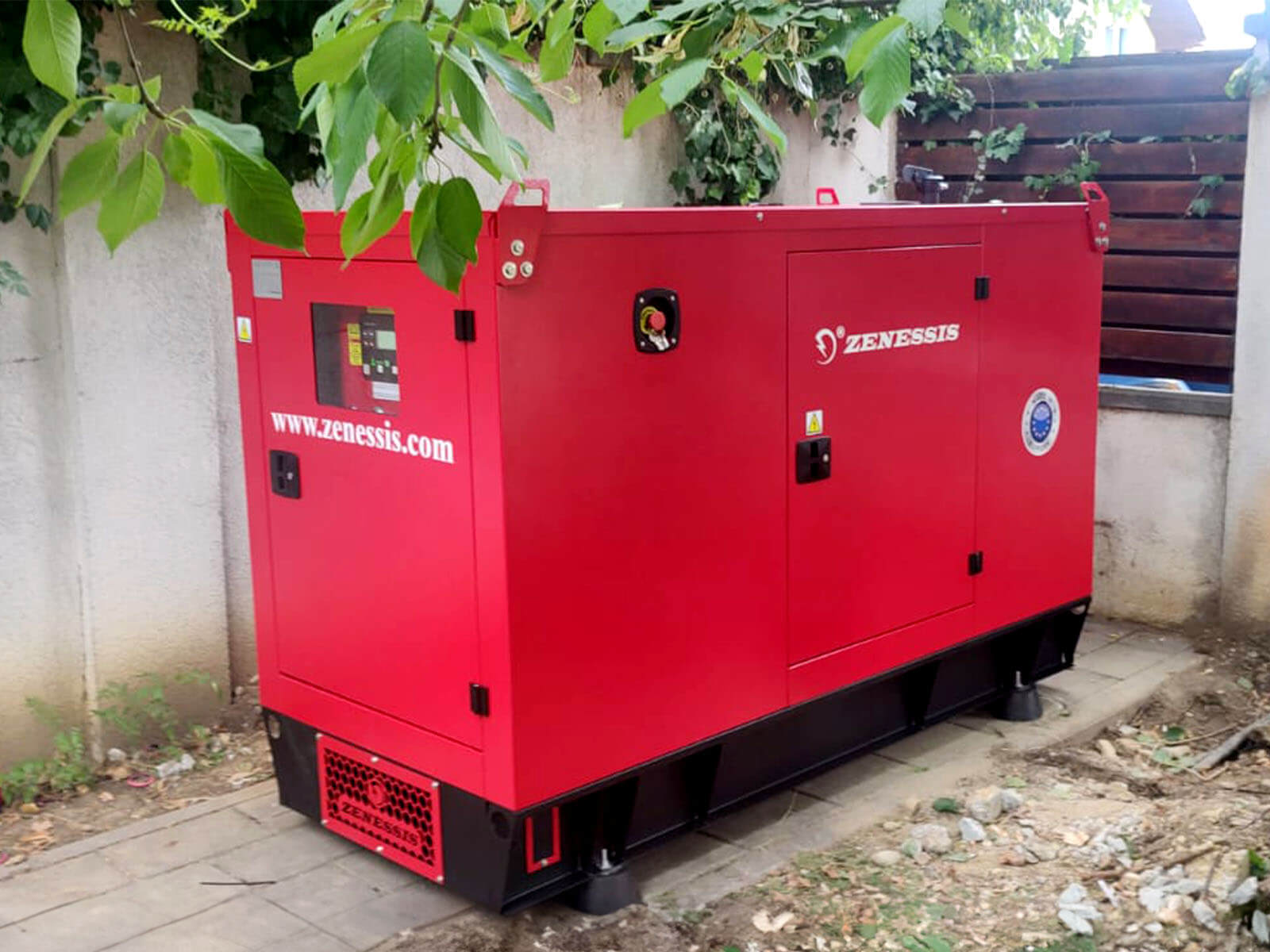

When choosing a generator, whether for home use, industrial use, or for a specific event, correct sizing is essential to ensure that the equipment will operate efficiently and meet energy requirements. An undersized generator can lead to overload and damage, while an oversized one can be costly and inefficient. Here is a step-by-step guide to help you properly size a generator.
Determine Power Requirements
The first step in correctly sizing a generator is to determine the power requirements of the equipment you intend to power. This is done by adding up the power consumed by each device.
- Active Power (kW): This is the real power consumed by electrical appliances and is measured in kilowatts (kW).
- Apparent Power (kVA): This includes both active power and reactive power (used by motors, transformers, etc.) and is measured in kilovolt-amperes (kVA).
Most equipment has a label specifying the power consumption, expressed in watts (W) or kilowatts (kW).
Add a Safety Coefficient
Once you have calculated the total required power, it is important to add a safety coefficient. This is usually 1.25 or 1.5, meaning you will consider a margin of 25-50% to cover power surges and prevent overloading the generator.
Example:
If the total required power is 10 kW, with a safety coefficient of 1.25, you will need a generator that can supply at least 12.5 kW.
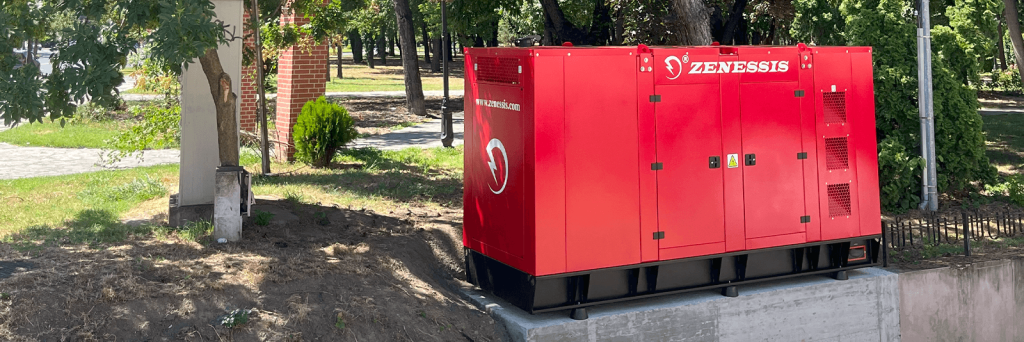

Identify Starting Requirements
Some equipment requires more power to start than during normal operation. This extra power is called the starting current and can be 2-3 times higher than the nominal power of the equipment.
It is essential to consider these starting requirements when sizing the generator to ensure it can handle these peaks without overloading.
Choose the Right Generator
After determining the power requirements, including the safety coefficient and starting requirements, you can choose the right generator. Generators come in a wide range of sizes and specifications, so make sure to select one that meets or easily exceeds your needs.
Consult with a Specialist
Although this article provides a solid foundation for sizing a generator, it is always recommended to consult a specialist before making the final purchase. They can provide detailed advice and verify calculations to ensure you make the best choice.
Proper Maintenance and Operation of the Generator
A correctly sized generator will operate efficiently only if properly maintained and used correctly. Follow the manufacturer’s instructions for regular maintenance and ensure that the generator is used according to its specifications.
Properly sizing a generator is not just a matter of simple mathematical calculation; it also involves a good understanding of the specific needs and characteristics of the equipment you wish to power. Therefore, take the time to analyze all the variables involved and don’t hesitate to seek help from a specialist to ensure an optimal choice. A properly sized generator will provide you with the safety and efficiency you need in the long run.

